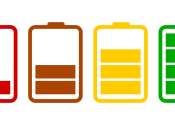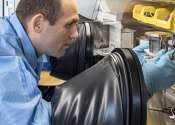Researchers create a roadmap to better multivalent batteries
Lithium-ion batteries are recognized for their high energy density in everything from mobile phones to laptop computers and electric vehicles, but as the need for grid-scale energy storage and other applications becomes more ...
Jul 17, 2020
0
69









